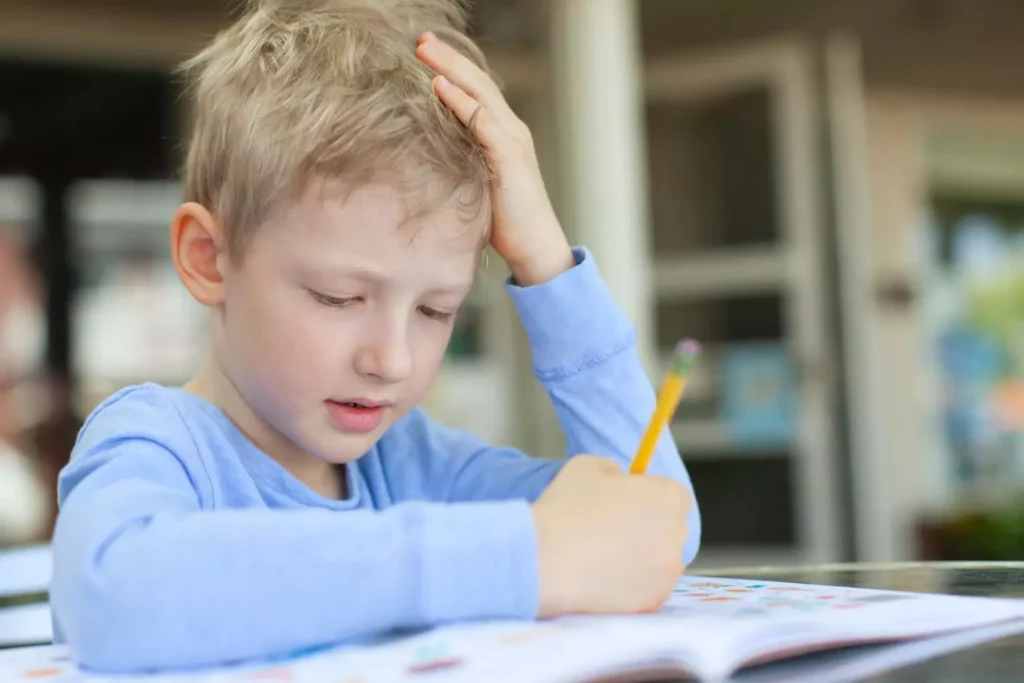
What Is Homeschooling? Is It Right for Me?
Let’s be honest: Homeschooling isn’t for everyone. Here is a look at what homeschooling is, and several ways to determine if it’s best for your family.

Recognize the differences in how your children learn.
Estimated reading time: 4 minutes
I suppose most parents have moments when they turn to each other and ask, “Where did that one come from?” We look at our kids and wonder how they got to be so . . . well, different. Different from their parents. Different from each other. And different from their classmates — a reality often on the minds of parents as they seek to help their children succeed in school.
From my earliest days as a mom, I recognized clear differences between my two twin boys. They were born just minutes apart and are essentially genetically identical, and yet they are just as different as night and day when it comes to their learning styles and how they process information. Parenting these two wonderfully unique personalities has reinforced my belief that God gives parents each child deliberately, and part of His plan for us as parents is to learn how they are wired and help them to succeed in a world that often has narrower expectations for how things should be done.
I believe the first step toward helping our kids succeed is to genuinely get to know them, to watch and observe. We must ask ourselves, “When is my children happiest? When do they seem most fulfilled and most satisfied?” And then we try to duplicate that fulfillment elsewhere, to help them use their strengths to succeed in other situations. For example, you might say to your son, “You know, I notice you remember things really well when you’re talking to your sister about them. Maybe in your homework, you need a study buddy, someone to talk through the concepts with while you’re working.”
Accommodating learning styles may require allowing some elements that would make you uncomfortable if you were the one studying. In our household, my son Mike usually did his homework at his desk in solitude, with no noise and no distractions. But his brother, Rob, listened to music while sprawled out on the floor with something to eat or drink — and taking plenty of short breaks. Every child is different and will thrive in different environments. As uncomfortable as I might have been combining music and homework, I often asked myself: What’s the point? If the point was to get the homework done, I had to be willing to let my son propose how he wanted to do it — but also require proof that his methods were working.
Determining your child’s learning style may sound intimidating, but you don’t have to be extremely scientific about the process. The first step is to simply start being aware of your child’s strengths. Use the following guidelines to help determine your child’s unique learning style — and then begin to build on these strengths as you support your child’s education at home and in school. Keep in mind that these styles are not necessarily mutually exclusive. Yes, we can learn to accommodate kids’ unique learning styles, but we should avoid trying to neatly label or categorize them. Every human being is complex, and you may discover that your child has a mix of some — or all — of these different styles.